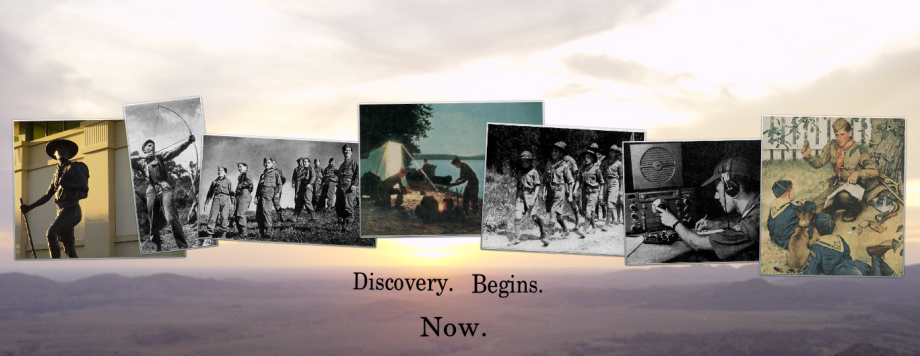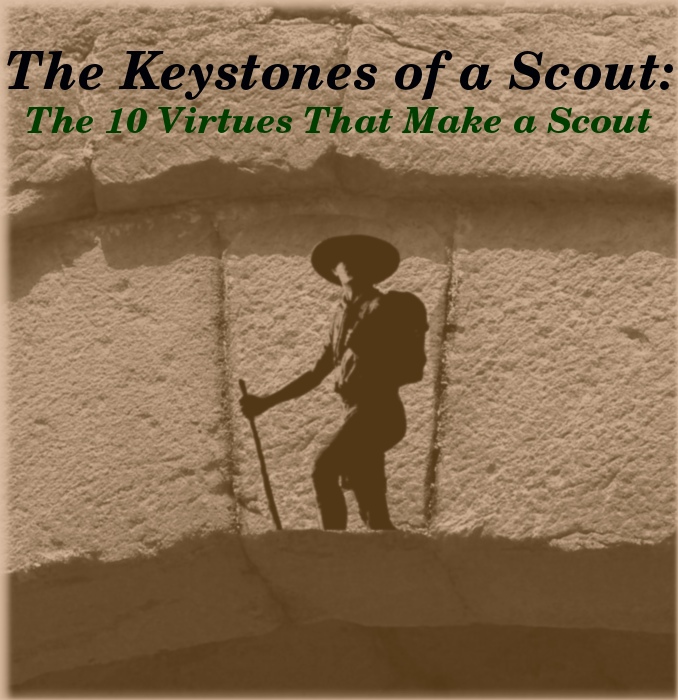
“Be Prepared!” is an excellent motto for Scouts. Unfortunately, as a motto, it is used over and over again to the extent that many people take what it means for granted. This quote from William Hillcourt provides a reminder of the weight and importance of this motto that we need to hear once in a while.
High Standards
As Scouts, we bear the name and are responsible for the reputation of millions of Scouts and what they have stood for since the beginning of the Scouting Movement. As Hillcourt reminds us, Scouts have proven themselves over time. The name of a Scout means something, and it is up to us to make sure that reputation is not lost.
Early Scouts held themselves to a very high standard, and it showed. They were trusted by and assisted law enforcement officers, disaster relief workers, and many other institutions. The military gives special privileges to Eagle Scouts if they enlist. Many times, in reading through Scouting History, I have been surprised by instances of Scouts being entrusted with tasks just as much as adults, if not more so in some cases.
A Warning
Be warned, however, that this reputation isn’t invincible. It can be lost completely if just one generation of Scouts fail in upholding it. But the danger doesn’t lie in some single generation that destroys the reputation of Scouting. The danger lies in a slow and gradual lowering of standards. I have observed this happening through my experience in Scouting.
If Scouting is to survive and thrive in the next century as it has in this one, standards need to be raised, not lowered. And it is ultimately up to us, the Scouts, to make sure this happens. We need to raise the standards of what we expect of our fellow Scouts, but most importantly, of what we expect of ourselves. Technology changes, the culture around us changes and modernizes, but the principles that we stand for as Scouts are timeless. Let’s give the Scouts a hundred years from now the same high standards to try to live up to as the first Scouts left for us.
So, let us take this reminder of William Hillcourt, and let it inspire us to renew our commitment to Be Prepared! Next time you say the motto, do not say it out of memorization, say it and mean it as if you were saying it for the very first time. Challenge yourself to live up to it more and more everyday!
Conclusion
I hope you enjoyed this edition of The Scout’s Scrapbook, but most importantly, I hope that these wise words of William Hillcourt were as inspiring to you as they were to me when I read them. Please help me to spread this to as many Scouts as possible by sharing this post with your friends. Thanks for reading!
Scout On!





 Today, I’m going to continue the series I
Today, I’m going to continue the series I 
 Today I’m going to start a new series here on “Scouting Rediscovered” that will run in parallel to the other series that I’m currently writing. Over a year ago, I borrowed a book from my local library called: Baden-Powell: The Two Lives of a Hero. This book is a biography of the founder of the Scouting movement: Sir Robert Baden-Powell. Although somewhat long, I thoroughly enjoyed reading it and gaining insight into the life of this man who us Scouts owe so much to.
Today I’m going to start a new series here on “Scouting Rediscovered” that will run in parallel to the other series that I’m currently writing. Over a year ago, I borrowed a book from my local library called: Baden-Powell: The Two Lives of a Hero. This book is a biography of the founder of the Scouting movement: Sir Robert Baden-Powell. Although somewhat long, I thoroughly enjoyed reading it and gaining insight into the life of this man who us Scouts owe so much to.